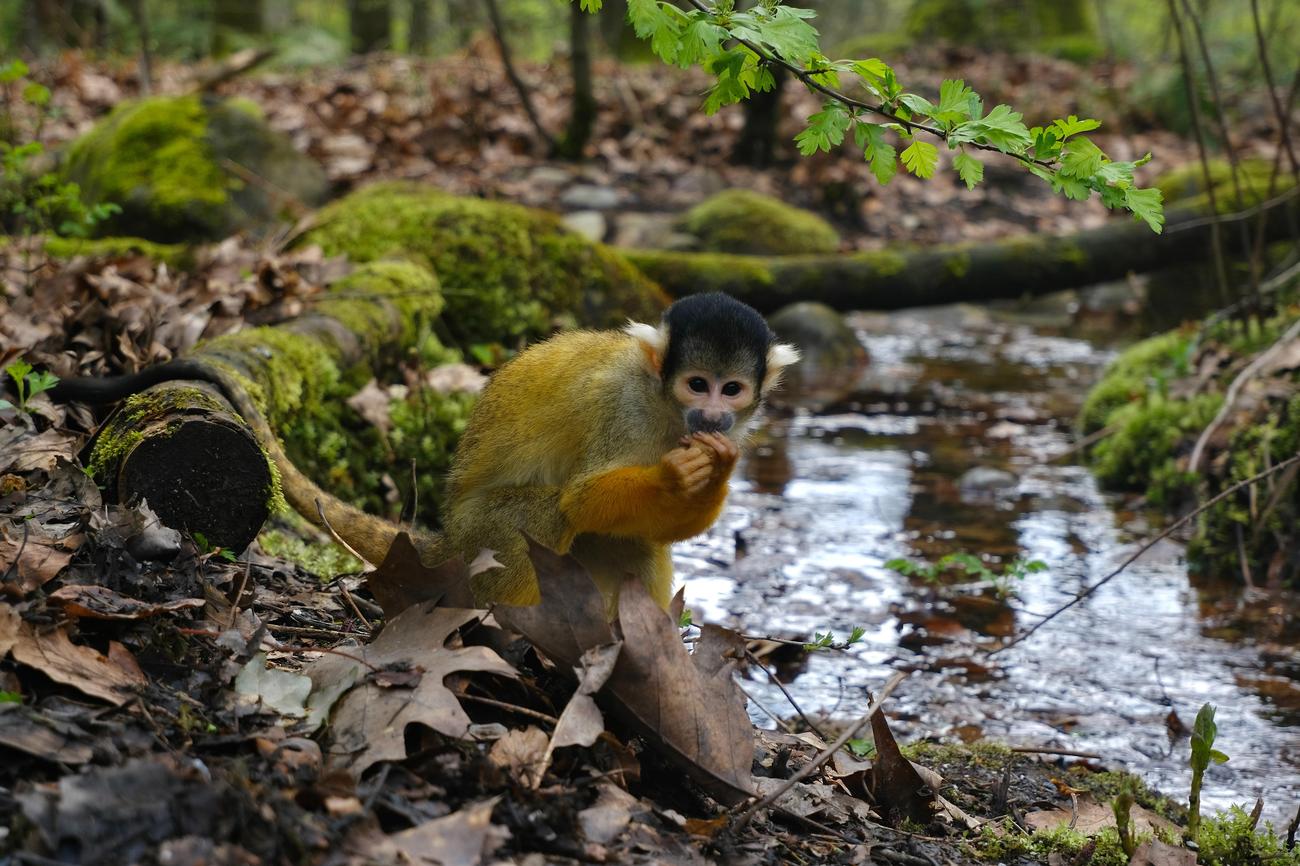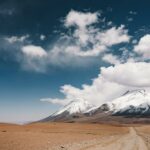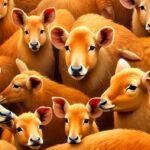Discover the Location and Significance of the Congo Rainforest
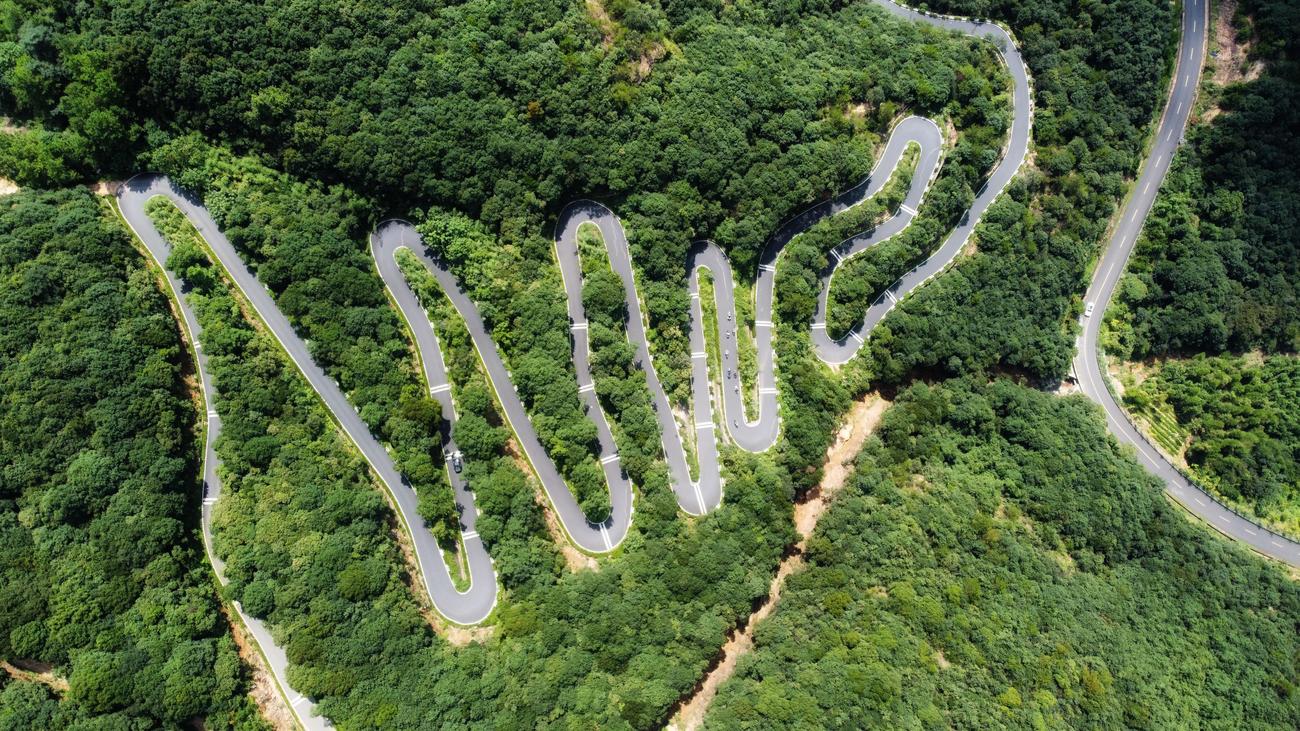
As an environmental journalist deeply devoted to conservation issues, I have spent years delving into the intricate ecosystems of our planet. One region that has captivated my attention, and that I feel compelled to bring to the forefront of our collective consciousness, is the Congo Rainforest. Situated in the heart of central Africa, this magnificent expanse of land is not only the second-largest rainforest on Earth but also a hub of unparalleled biodiversity. Teeming with an astonishing array of plant and animal species, the Congo Rainforest holds an indescribable significance in our planet’s delicate balance of ecosystems. Join me on a journey through its winding trails as we discover the location and significance of this remarkable natural treasure.
Where is the Congo Rainforest?
The Congo Rainforest, one of our planet’s most precious natural treasures, is nestled in the heart of Central Africa. Spanning six countries, namely Cameroon, the Central African Republic, the Democratic Republic of the Congo (DRC), Equatorial Guinea, Gabon, and the Republic of Congo, it stretches across a vast area equivalent to the size of the United States. Considered the second-largest rainforest in the world after the Amazon, the Congo Rainforest captivates anyone who delves into its wonders.
The magnificent Congo Rainforest is unraveled along the banks of the mighty Congo River, one of the longest rivers in our world. With its origins in the northeastern part of the DRC, this river cuts through the rainforest, nourishing the flora and fauna that call this remarkable ecosystem their home. As you journey into the heart of the Congo Rainforest, you’ll be captivated by its unparalleled biodiversity, sprawling landscapes, and the harmony it fosters between nature and the indigenous communities residing within its embrace.
Within its expansive two million square kilometers (500 million acres), the Congo Rainforest shelters an astounding variety of life. It is estimated to house approximately 10,000 tropical plant species, 400 species of mammals, and over 600 tree species. Just picture the richness and diversity of this immense green tapestry, teeming with vibrant colors and hidden secrets. From towering trees that reach for the heavens to majestic creatures that roam under the lush canopy, the Congo Rainforest offers a symphony of life waiting to be discovered by those who venture into its depths.
As we explore the depths of the Congo Rainforest, we find ourselves wandering through the Congo Basin, an extraordinary region renowned for its biodiversity. This ecologically diverse area, nestled within the heart of Central Africa, is a haven for countless species, some of which are found nowhere else on Earth. From awe-inspiring elephants to rare primates and dazzling tropical birds, the Congo Basin is a sanctuary for nature’s wonders, begging us to protect its splendor for generations to come.
Yet, the Congo Rainforest is not just a sanctuary for wildlife; it is also home to more than 150 ethnic groups. These groups have forged a profound connection with the forest, relying on its resources for their sustenance and cultural heritage for over 50,000 years. With their deep-rooted knowledge of the rainforest’s delicate balance and intricate ecosystems, they are the stewards of this land, understanding the importance of a harmonious coexistence with nature.
However, the Congo Rainforest faces myriad challenges that threaten its delicate balance. Deforestation, logging, mining, and the impacts of climate change loom large over this precious ecosystem. Destruction casts its shadow, threatening the very existence of countless species and jeopardizing the livelihoods of indigenous communities who depend on the forest. If we turn a blind eye to these threats, we risk losing a shining gem that sustains life, nurtures biodiversity, and provides vital ecosystem services that benefit the entire planet.
This is a critical moment in time where we must come together to protect and preserve the Congo Rainforest. Our collective actions can make a difference and secure a future where this magnificent rainforest continues to thrive. By supporting sustainable practices, promoting conservation efforts, and advocating for the rights of indigenous communities, we can ensure that the legacy of the Congo Rainforest is one of resilience, harmony, and abundance.
Let us embark on this journey, which is as much about rediscovering ourselves and our connection to nature as it is about safeguarding the Congo Rainforest. Together, we have the power to protect this invaluable natural resource and preserve its unique biodiversity for generations to come. As we delve deeper into the wonders of the Congo Rainforest, let us be inspired to take action, for its preservation is an urgent and profound responsibility that falls upon our shoulders. Let us safeguard this remarkable land for the sake of its inhabitants, for the sake of our planet, and for the sake of future generations.
“In the heart of Central Africa lies a sanctuary of incomparable beauty and diversity. The Congo Rainforest, spanning across six countries, nurtures life and captivates the soul. Let us not let its treasures slip away. Together, we can protect and preserve this natural wonderland.”
Congo, a country known for its rich cultural heritage and breathtaking landscapes, has a treasure trove of interesting facts waiting to be discovered. Did you know that the Congo River is the second longest river in Africa? It spans over 2,900 miles and provides a lifeline for countless communities along its banks. If you’re curious to learn more fascinating tidbits about this vibrant nation, click here to uncover a collection of intriguing facts about Congo: interesting facts about congo. Prepare to be amazed as you delve into the hidden wonders of Congo’s history, natural beauty, and unique traditions.
The Congo Rainforest: A Vital Ecological Wonder
[youtube v=”2H1o73zYm_E”]
The Congo Rainforest, often referred to as the second lung of the world, is a vast expanse of tropical rainforest that extends across six countries in Central Africa. Spanning over 500 million acres (two million square kilometers), it is the world’s second-largest tropical forest, second only to the Amazon Rainforest. With its rich biodiversity and crucial ecological role, the Congo Rainforest is a truly remarkable ecosystem.
Home to an astonishing array of plant and animal species, the Congo Rainforest is incredibly biodiverse. It contains over 10,000 species of plants, with approximately 30% of them being unique to the region. While the Congo Rainforest is less diverse than its counterparts in the Amazon and Southeast Asia, its flora and fauna still surpass those found in most other places on Earth.
Among the many species that call this rainforest home are the three subspecies of gorillas: the mountain gorilla, lowland gorilla, and eastern lowland gorilla. These majestic creatures are just a glimpse into the incredible diversity of animal life in the Congo Rainforest. From forest elephants, chimpanzees, and okapi to leopards, hippos, and lions, the rainforest teems with remarkable wildlife.
The Congo Basin, where the rainforest is located, is also known for its exceptional tree species. In fact, one hectare of the Congo Basin rainforest contains more tree species than all the native tree species in the United Kingdom combined. The presence of large herbivores like elephants and gorillas plays a significant role in maintaining the density and height of the rainforest’s trees.
“Old-growth forests in central Africa store huge volumes of carbon in their vegetation and tree trunks, serving as an important buffer against climate change,” explains Simon Lewis, a geographer at University College London. The Congo Rainforest alone stores a staggering 39 billion tons of carbon, making it vital in the fight against global warming.
However, despite its ecological importance, the Congo Rainforest faces significant threats. Unsustainable methods of extracting natural resources like timber, diamonds, and petroleum pose a grave danger to this wilderness. The logging and mining industries, along with the commercial bushmeat trade, contribute to deforestation, habitat loss, and disruption of delicate ecosystems.
“The leading cause of wildlife loss in the Congo Basin is the commercial bushmeat trade,” warns the Global Forest Watch, an initiative of the World Resources Institute. Each year, over a million tons of bushmeat, including species like monkeys and antelope, are consumed in the Democratic Republic of the Congo alone. This rampant hunting is destabilizing the forest’s delicate balance and putting endangered species like gorillas and bonobos at risk.
To complicate matters further, climate change poses a new threat to the Congo Rainforest. Increasing heat and drought are impacting the rainforest’s ability to absorb carbon dioxide, reducing its resilience to climate change. At the same time, deforestation is on the rise, with primary rainforest loss more than doubling between 2002 and 2019.
Preserving the Congo Rainforest is not just essential for the region but for the entire planet. Its vast biodiversity, carbon sequestration capabilities, and invaluable ecological services make it a global treasure. It is crucial that we come together to protect and conserve this extraordinary rainforest through sustainable practices, conservation efforts, and advocating for the rights of indigenous communities.
As Alexandra Tucovina, a geographical scientist at the University of Maryland, emphasizes, “The clearing of the Congo Basin forests will surely be disastrous, especially for biodiversity.” The time to act is now, and by doing so, we can secure the future of this invaluable ecosystem and ensure a sustainable future for generations to come.
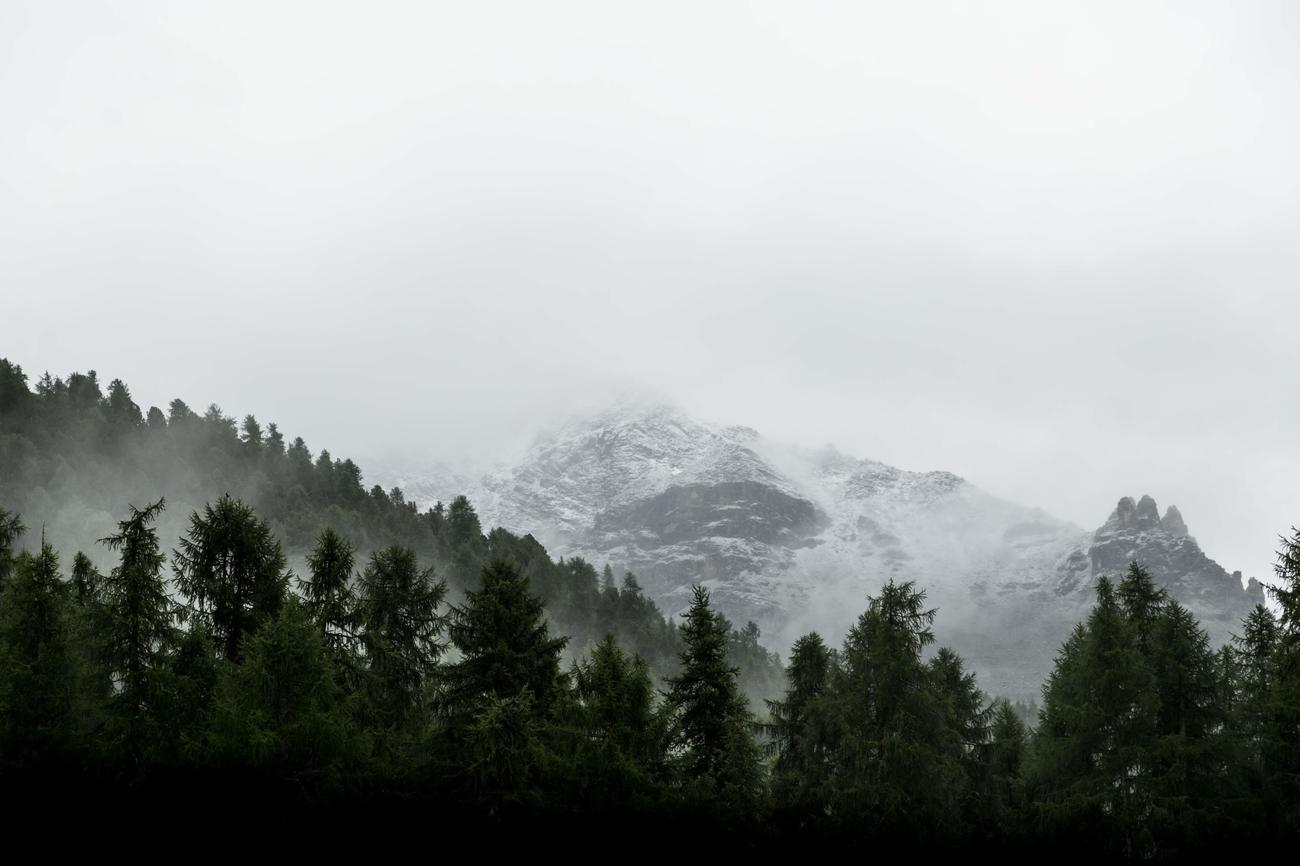
FAQ
Question 1
Where is the Congo rainforest located?
Answer 1
The Congo rainforest is located in Central Africa, spanning six countries: Cameroon, the Central African Republic, the Democratic Republic of the Congo (DRC), Equatorial Guinea, Gabon, and the Republic of Congo.
Question 2
What is the size of the Congo rainforest?
Answer 2
The Congo rainforest covers an area approximately equal to that of the United States, making it the second largest rainforest in the world.
Question 3
What is the significance of the Congo rainforest?
Answer 3
The Congo rainforest is known for its rich biodiversity and houses approximately 10,000 tropical plant species, 400 species of mammals, and over 600 tree species. It is also home to the Congo River, one of the longest rivers in the world.
Question 4
What is the Congo Basin?
Answer 4
The Congo Basin is the region where the Congo rainforest is situated. It is considered one of the most biodiverse regions globally.
Question 5
What are the threats to the Congo rainforest?
Answer 5
The Congo rainforest faces various threats, including deforestation, logging, mining, and climate change. These activities pose a risk to the delicate balance and unique biodiversity of the rainforest.
- Amazing March Fun Facts: Unveiling History & Celebrations - April 15, 2025
- Master how to write height: A complete guide - April 15, 2025
- How High Are Your Standards Test: Find Your Perfect Match Now - April 15, 2025
